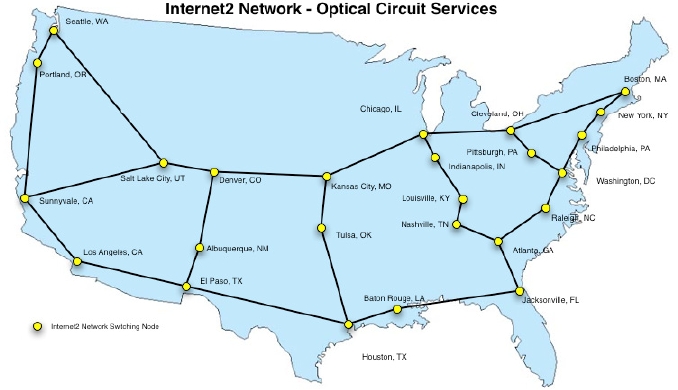Figure 5: Internet2 network showing Optical Circuit Services
In the future, the goal is to provide an automated reservation system to enable users to request
circuits either on-demand or as a schedulable resource. An Internet2 member connects to the DC
Network through an Internet2 Connector. The Connector's physical connection to the Internet2
infrastructure may be used both for the DC Network and for longer-term point-to-point static
circuits provided through WaveCo (see next section). Connection to the DC Network provides
dynamic circuits across the Internet2 infrastructure to regional optical networks that are Internet2
Connectors, and to other national and global research networks like ESnet in the United States or
GÉANT2 in Europe.
Seamlessly setting-up optical circuits across independently operated networks requires the
coordination of multiple administrative domains. This is achieved through control plane software
enabling provisioning across domain boundaries with the appropriate authentication and
authorization. Control plane software is under development through several on-going projects,
including the NSF-funded DRAGON project, the ESnet OSCARS program, and the GÉANT2
AutoBAHN project. Other participants include the University of Southern California/Information
Sciences Institute East (USC/ISI-East), Mid-Atlantic Crossroads (MAX), and other regional and
international networks. In the future, this collaboration will result in the ability to create circuits
on demand and on a global scale.
The Internet2 DC Network currently uses an experimental open source version of the DRAGON-
developed control plane software as well as internationally developed inter-domain
communications schemas, allowing circuits to be created seamlessly and directly by the
applications themselves.
At the Fall Internet2 Member Meeting in San Diego, October 2007, the Internet2 DC Network
service was demonstrated. Figure 6 provides a high level view of how a connection was made
10

